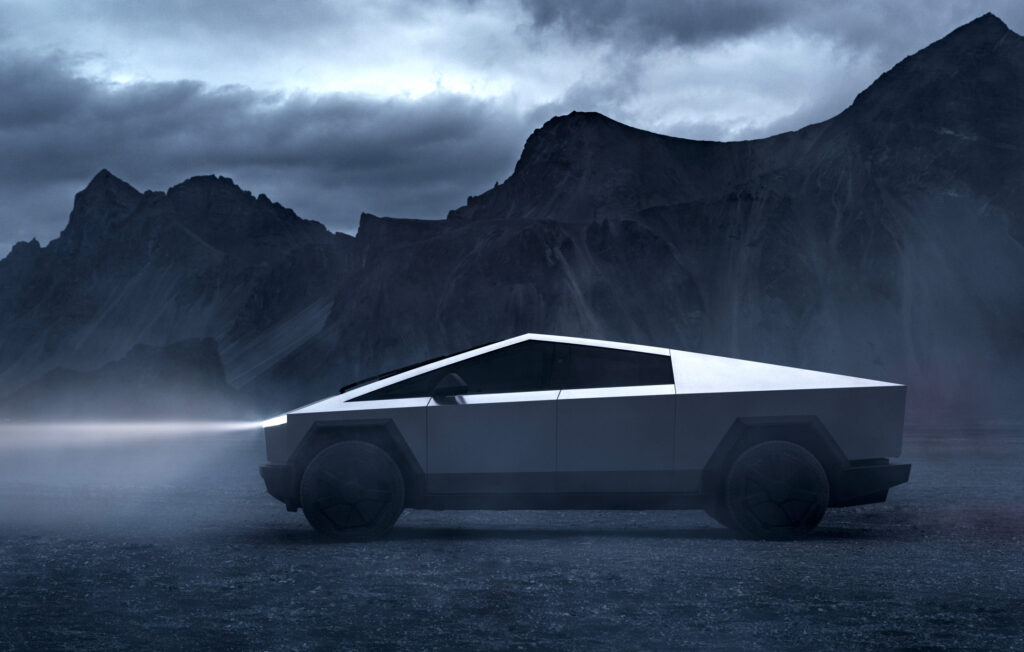The Tesla Cybertruck shocked the world with its angular design, featuring sharp edges and flat panels. However, these very features, combined with the rigid stainless steel exoskeleton and its substantial weight, have raised concerns among safety experts regarding the potential impact on pedestrians in the event of a collision.
According to Tesla, the Cybertruck’s stainless steel body panels were specifically designed to absorb impact, featuring special ribs on the front and rear ends to dissipate energy during collisions. Additionally, Tesla CEO Elon Musk expressed a high level of confidence in the Cybertruck’s safety, asserting that it will surpass other trucks in safety for both occupants and pedestrians. He also confirmed that it has undergone a “regulatory review.”
However, despite these reassurances, safety experts continue to express concerns about the Cybertruck’s unconventional design and how it may impact its safety credentials.
More: The Production Cybertruck Pales In Comparison To Tesla’s Earlier Promises
Experts weigh in
According to Reuters, professors and safety officials who observed the online crash tests of the Tesla Cybertruck remain skeptical, and they indicate that they require the data to draw “firm conclusions.”
Adrian Lund, former president of the IIHS, has expressed concern, stating, “The big problem there is if they really make the skin of the vehicle very stiff by using thick stainless steel, then when people hit their heads on it, it’s going to cause more damage to them.”
Samer Hamdar, an automotive safety professor at George Washington University, has expressed concerns about the limited crumple zones in the fully electric truck. However, he did acknowledge that other features such as a “shock-absorbent mechanism” could potentially address these concerns.
Conversely, Julia Griswold, the director of Berkeley’s Safe Transportation Research Center at the University of California, has raised concerns about the truck’s weight and its high acceleration, labeling them as “red flags” for non-occupants.
In a related context, the nonprofit European Transport Safety Council released a statement expressing their hope that Tesla would not introduce the Cybertruck to Europe. They added that “a vehicle of this size, power, and substantial weight will pose a significant risk to pedestrians and cyclists in the event of a collision.” However, it’s worth noting that the same concern could apply to many American full-size trucks, which are considerably larger than most vehicles commonly found on European roads.
Tesla admits EU safety regulations may pose a challenge
Tesla’s chief engineer addressed this issue in an interview with Top Gear, acknowledging that European safety regulations concerning pedestrian safety could pose challenges for the introduction of the sharp-edged Cybertruck in the Old Continent.
Indeed, the potential risks associated with the Tesla Cybertruck extend beyond cyclists and pedestrians, as other vehicles could also be affected. David Friedman, the former head of NHTSA, emphasized this concern, stating, “If you’re involved in a collision with another vehicle that has a crumple zone, and your car is less deformable, their vehicles will absorb the impact, while yours will remain more rigid.”
While it’s essential to await a comprehensive safety assessment before forming a definitive opinion on the matter, it’s likely that potential buyers of the Tesla Cybertruck may not be deterred by the aforementioned concerns. Many truck owners may prioritize the feeling of driving one of the sturdiest and most robust vehicles in the segment, potentially placing less emphasis on the potential impact on the safety of other road users.




